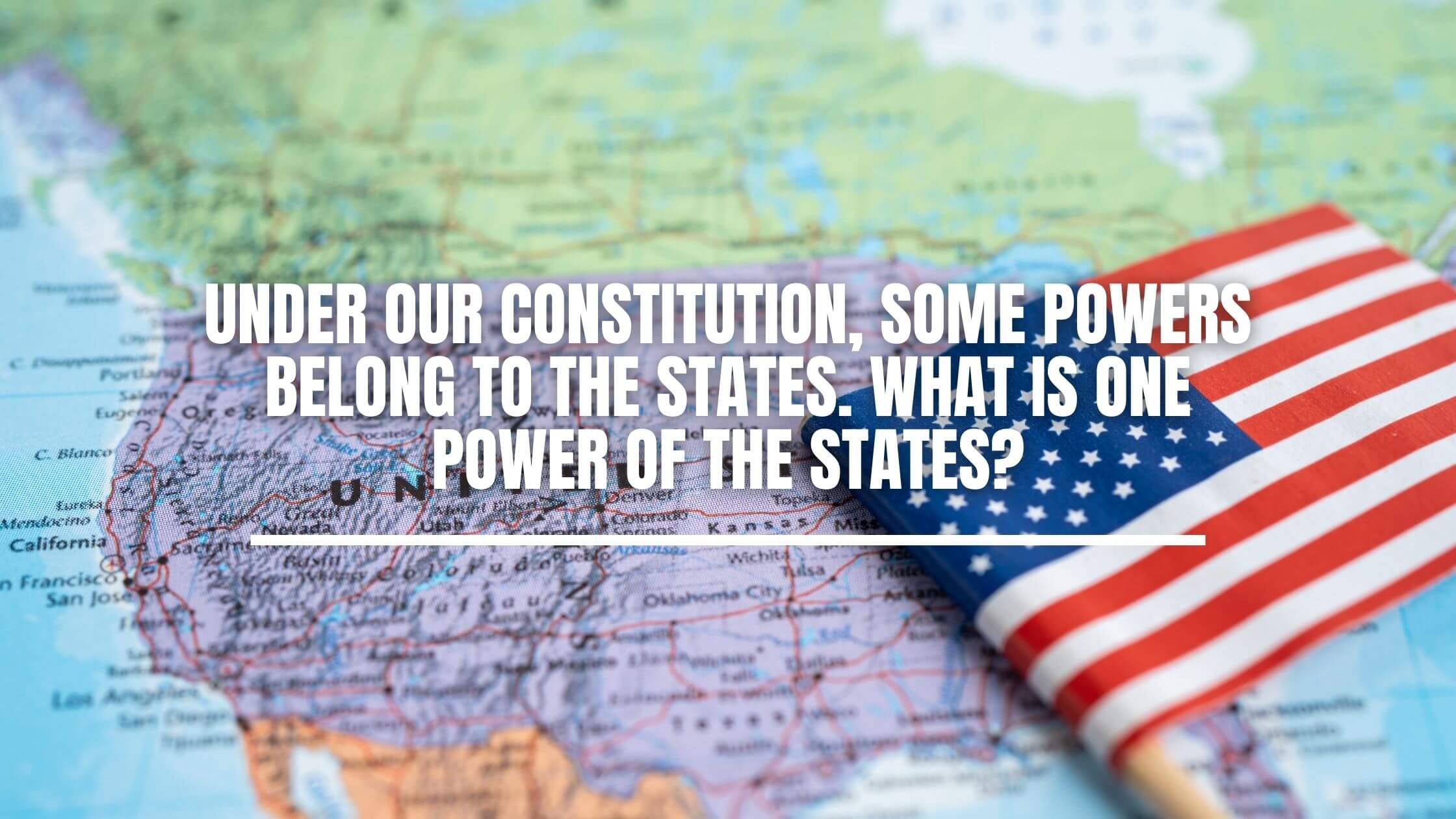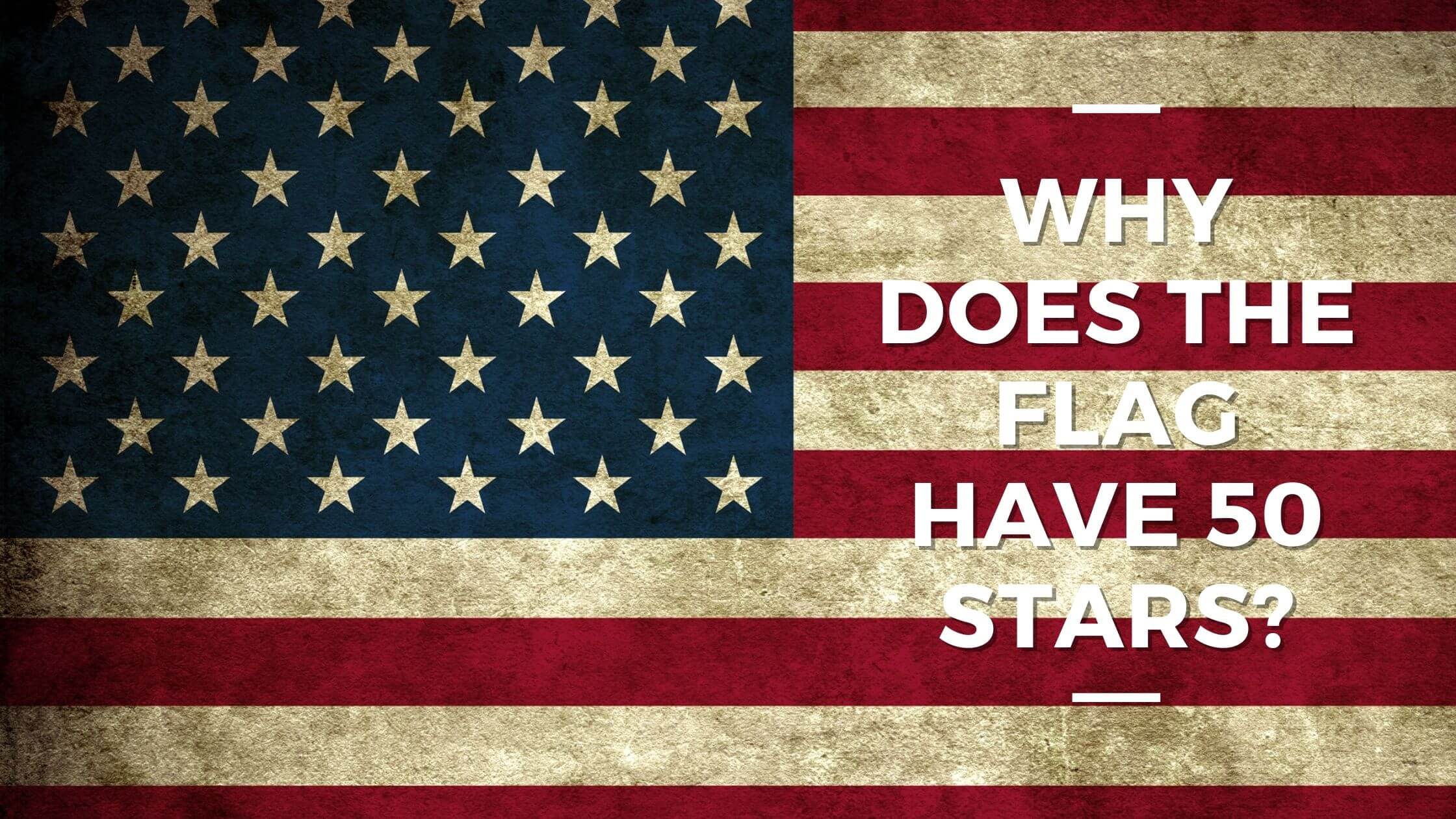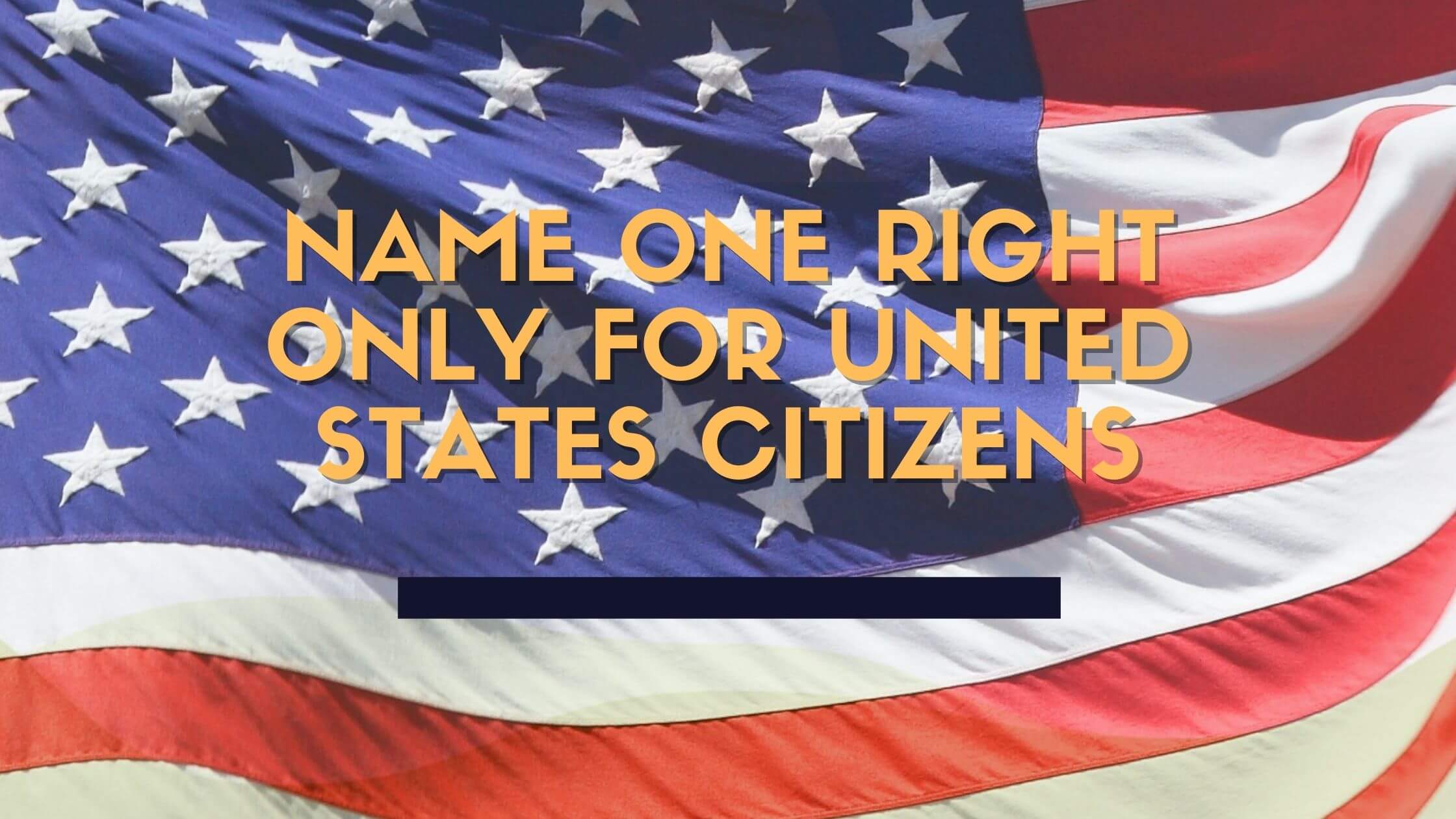Table of Contents
ToggleTo pass the US citizenship test, you will have to answer 10 of a possible 100 questions. The following question is from the USCIS test.
Name One U.S. Territory.
Acceptable Answers:
- Puerto Rico
- US Virgin Islands
- American Samoa
- Northern Mariana Islands
- Guam
The following is a full explanation of the USCIS question:
The United States Territories
The United States has fourteen territories in total. They are:
– American Samoa
– Baker Island
– Guam
– Howland Island
– Jarvis Island
– Johnston Atoll
– Kingman Reef
– Palmyra Atoll
– Puerto Rico
– Navassa Island
– Northern Mariana Islands
– US Virgin Islands
– Wake Island
While many of the territories have large populations, some are virtually uninhabited islands with no permanent residents. For example, Baker Island is less than a square mile and is used as a nature preserve for rare turtles.
There used to be a United States airbase there, and scientists sometimes visit the island, but the territory has no residents. Kingman Reef is even smaller – 0.01 square miles, and used only as a national wildlife refuge. The largest United States Territory is Puerto Rico, with more than 2.8 million inhabitants.
How Is a State Different From a Territory?
States have different governments from territories. While most residents of territories are American Citizens, those in American Samoa are not. People in American Samoa can travel freely anywhere in the United States but do not have all the constitutional rights of other American Citizens.
American states started as territories and became states later on after their populations increased and they developed their countries. For example, Oregon Territory became a state later on. Many American territories that never became states are small islands in the Pacific Ocean.
Incorporated vs. Unincorporated Territories
In an incorporated territory, the United States constitution fully applies. This is not true in an unincorporated territory. The only incorporated territory at this time is Palmyra Atoll, which is a small island with no permanent inhabitants. This means that the constitution doesn’t fully apply to any of the United States territories where people live.
Territories can also be either organized or unorganized. Organized territories have their own governments that are partly independent. All of the islands with permanent residents are organized except for American Samoa.
Puerto Rico
Population: 2,829,148
Land Area: 3,424 square miles
Puerto Rico is by far the largest United States Territory, and it has a much bigger population than all of the other territories put together. Like some other territories, it was taken from Spain at the end of the Spanish-American war of 1898. It is a large island in the Caribbean Sea near the Dominican Republic.
The Puerto Rican government is similar to a United States state. It has a Senate, a House of Representatives, and a governor that acts as an executive the way the president does. The population is mostly Roman Catholic, and English and Spanish are official languages.
Why is Puerto Rico Not a State?
Puerto Rico is a better candidate for statehood than any of the other United States Territories. The territory has a population of 2.8 million, compared to 580,000 in Wyoming (the least populated state) or 1,350,000 in Maine (the tenth least populated state).

Get Smarter on US News, History, and the Constitution
Join the thousands of fellow patriots who rely on our 5-minute newsletter to stay informed on the key events and trends that shaped our nation's past and continue to shape its present.
Not everyone in Puerto Rico wants to make the territory into a state. Most do, but only a slight majority voted for statehood in 2020. It is up to Congress whether or not Puerto Rico becomes a state.
United States Virgin Islands
Population: 87,146
Land Area: 135 square miles
While Puerto Rico and Guam became part of the US after the Spanish-American War, the US bought the Virgin Islands from Denmark in 1917. The population is very dense, with 87,000 (and until recently 100,000) people living on only 135 square miles of space. Most of the population is Afro-Caribbean, with only a tenth of them of European descent.
There are three main islands (St. Croix, St. John, and St. Thomas) plus dozens of small islands with few inhabitants. Tourism is the biggest part of the economy, as is the case for many other islands in the Caribbean and elsewhere.
American Samoa
Population: 54,989
Land Area: 77 square miles
While some of the Samoan islands are part of the independent county of Samoa, others are part of the United States. There are six islands that are part of the United States, which are to the east of the independent western islands.
The USA has never formally set up a government for American Samoa. Instead, the Department of the Interior has acted as the Samoan Government since 1951. American Samoa does have its constitution, but it does not yet have its own government.
The people of American Samoa are not full United States citizens. They can enter the United States and reside there, but they do not have citizenship.
Do American Samoans Have Fewer Rights as Non-Citizens?
Yes, American Samoans being non-citizens is a civil rights issue that has not yet been corrected. An American Samoan cannot vote – they are a “national” but not a “citizen,” somewhere between an American and a foreign citizen.
Northern Mariana Islands
Population: 58,150
Land Area: 176.5 square miles
To the North of Guam is the Northern Mariana Islands, which are largely self-governing. Most of the people living there are indigenous Micronesians. There are 22 small islands in total, and the population is quite dense at 58,000 people living on only 176 square miles.
Guam
Population: 171,378
Land Area: 217 square miles
Guam also became part of the United States after the Spanish-American war of 1898. The island is in the North Pacific, to the east of The Philippines and Indonesia’s northeast. The largest group of people are native to Guam, but many are from the Philippines.
After World War II, Guam became an important military location, which it still is. The economy in Guam is mostly based on tourism. The Guamese government has a legislative branch, executive branch, and judicial branch like the United States government.











